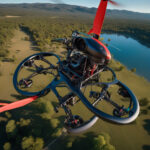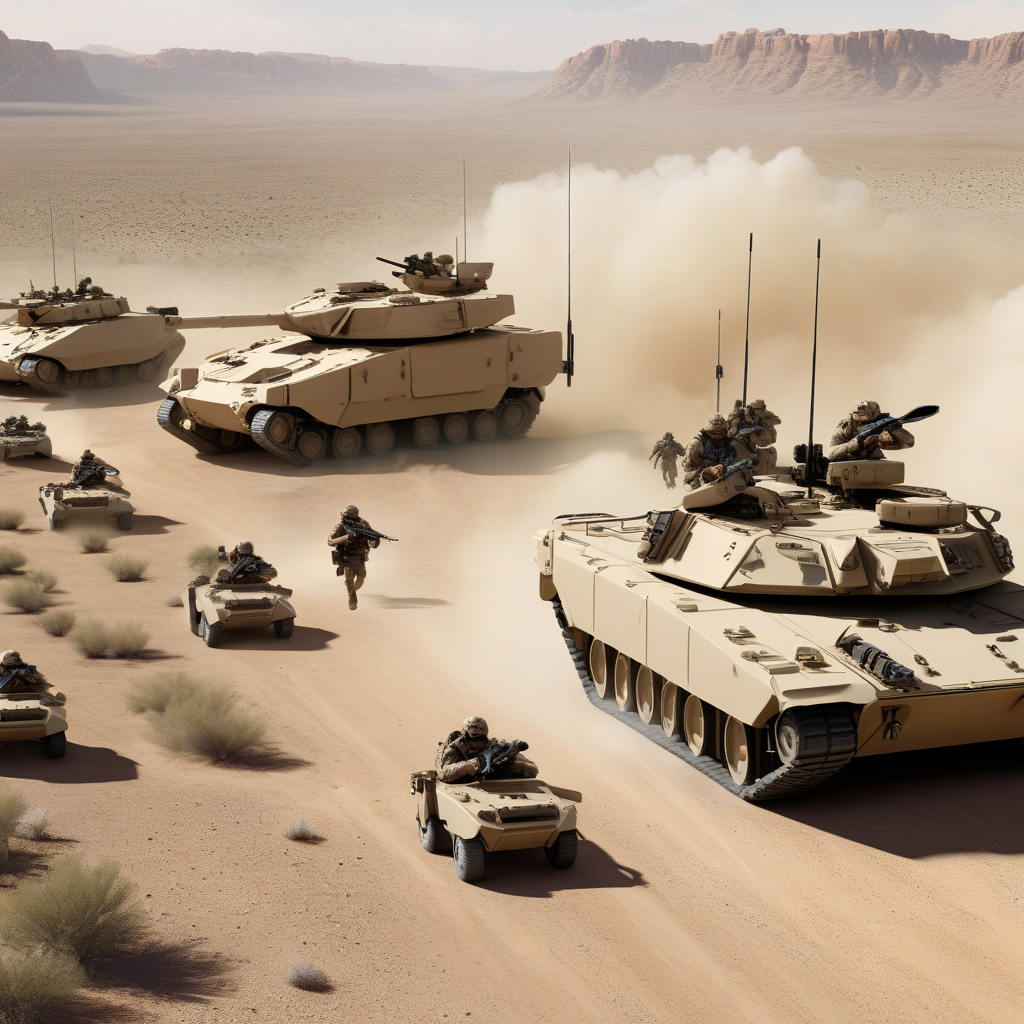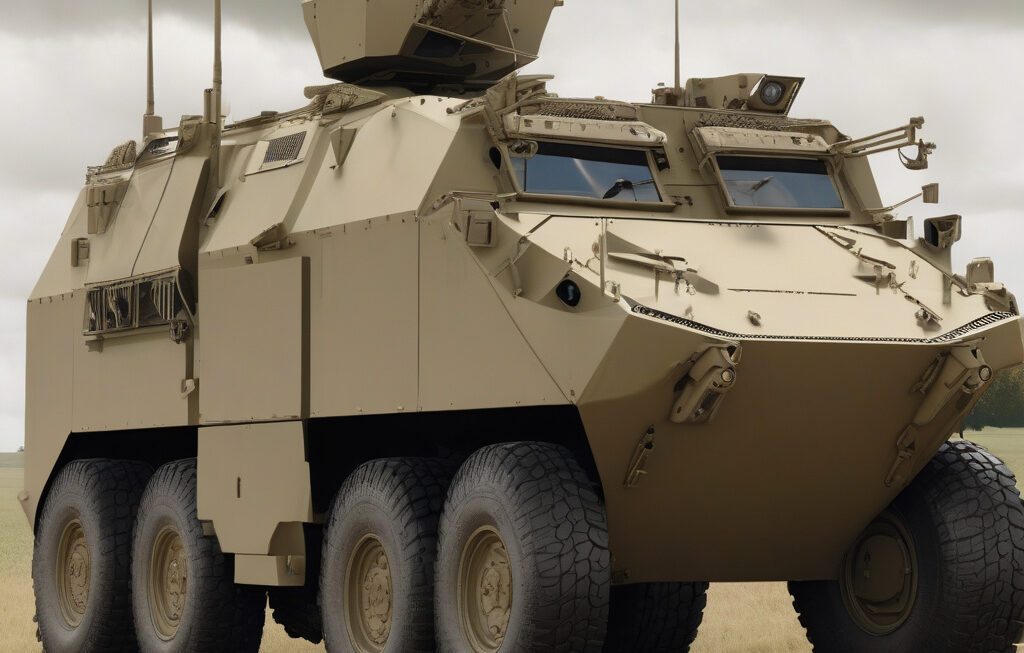US’ Battle-Ready Vehicles Set to Dominate Enemies with Cutting-Edge Technology Launch
A Virginia-based defense firm has introduced an advanced computing system that can reportedly bolster the capabilities of the United States military’s vehicles, giving them a significant edge in future conflicts. With the rapid advancements in technology, the landscape of warfare is constantly evolving, and staying ahead in the arms race is crucial for national security. The integration of this new, deadly tech into the US military’s arsenal showcases a commitment to innovation and readiness to confront emerging threats on the battlefield.
The newly launched computing system is designed to enhance the performance of US military vehicles, making them more agile, accurate, and efficient in combat situations. By leveraging state-of-the-art technology, such as artificial intelligence, machine learning, and advanced sensors, these battle-ready vehicles are equipped to dominate the enemy in various scenarios. From urban warfare to open battlefield engagements, the enhanced capabilities provided by this cutting-edge technology give US forces a strategic advantage over adversaries.
One of the key features of this new computing system is its ability to process vast amounts of data in real-time, allowing military vehicles to make split-second decisions based on the most up-to-date information available. This level of speed and precision is crucial in modern warfare, where the ability to outmaneuver and outsmart the enemy can be the difference between victory and defeat. By harnessing the power of data analytics and predictive algorithms, US forces can anticipate enemy movements, identify vulnerabilities, and execute tactical maneuvers with unparalleled accuracy.
Moreover, the integration of advanced sensors and communication systems enables seamless coordination between different military units, creating a networked battlefield environment where information is shared instantaneously across all platforms. This interconnectedness enhances situational awareness, facilitates rapid response to changing conditions, and ensures effective communication between troops on the ground and command centers. As a result, US forces can operate with greater coordination and cohesion, maximizing their combat effectiveness and minimizing the risk of friendly fire incidents.
In addition to improving operational capabilities, the new computing system also prioritizes cybersecurity to safeguard against potential cyber threats and hacking attempts. With the increasing digitization of modern warfare, ensuring the integrity and confidentiality of sensitive military data is paramount. By implementing robust encryption protocols, intrusion detection systems, and secure communication channels, the US military can protect its assets from malicious actors seeking to disrupt operations or steal classified information.
The launch of this cutting-edge technology underscores the US military’s commitment to maintaining technological superiority and staying ahead of potential adversaries in an increasingly complex and competitive global security environment. By investing in innovation and equipping its forces with the most advanced tools available, the United States demonstrates its resolve to defend its interests, uphold international security, and deter aggression from hostile actors.
In conclusion, the introduction of the advanced computing system by the Virginia-based defense firm represents a significant milestone in the evolution of US military capabilities. With its ability to enhance the performance, agility, and coordination of battle-ready vehicles, this new technology has the potential to revolutionize how future conflicts are fought and won. By harnessing the power of cutting-edge tech, the US military is poised to dominate the enemy on the battlefield and maintain its position as a global leader in defense innovation.
#USMilitary #CuttingEdgeTech #BattlefieldAdvantage #NationalSecurity #DefenseInnovation












